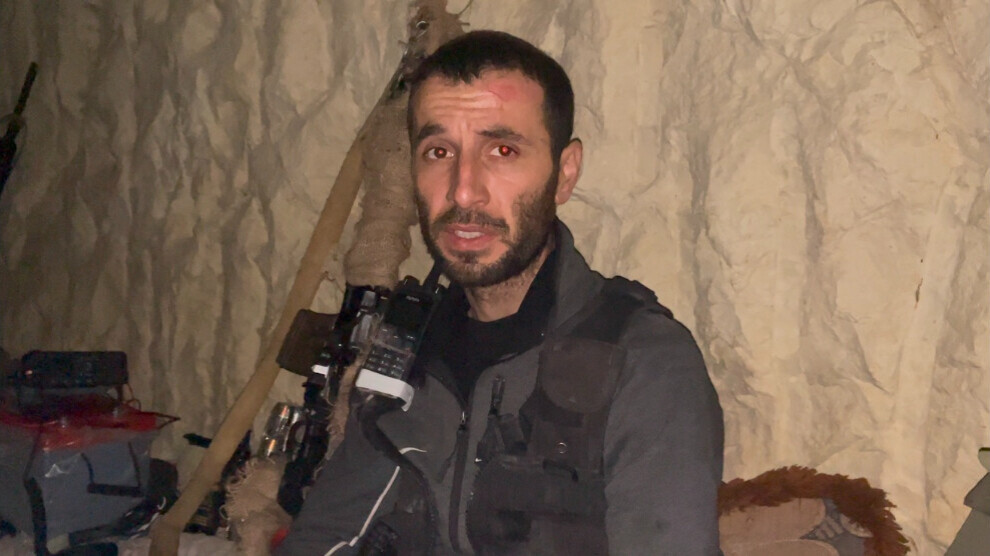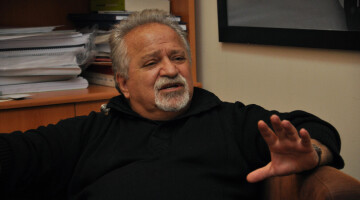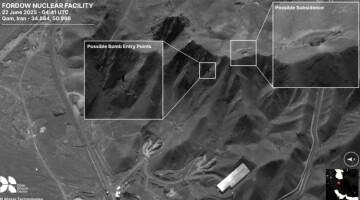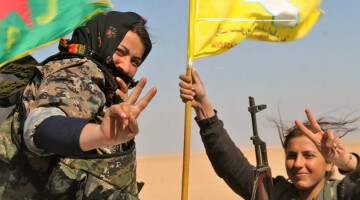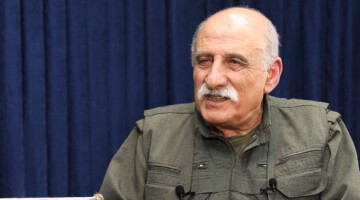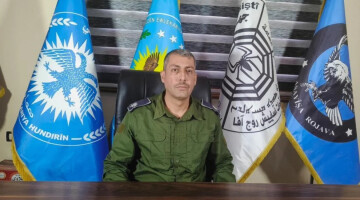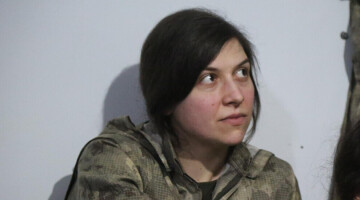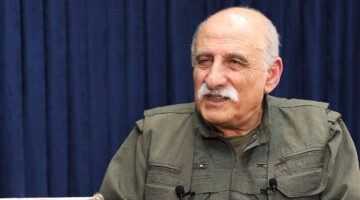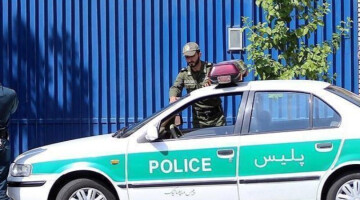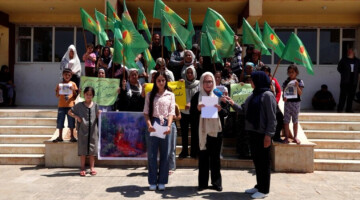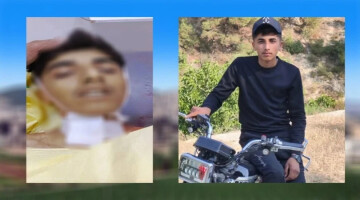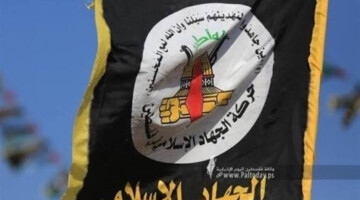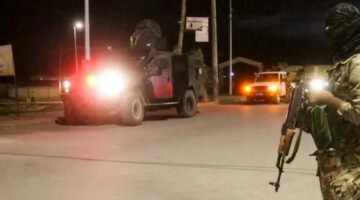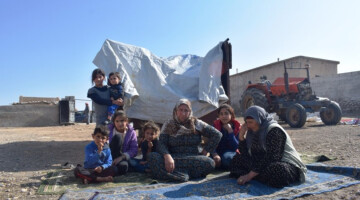In recent days, I went to Syriatel, in the northern part of the Tishrin Dam, where the resistance continues, to the fronts where the SDF (Syrian Democratic Forces) fighters are positioned. During my visits to the fronts and tunnels, I met one of the SDF commanders, Rêber Efrîn.
Rêber is originally from Afrin. Although he had been wounded before, he returned to the fronts of resistance. He has been involved in the Tishrin resistance for a long time. As a commander, he has participated in many battles and operations.
We visited the fronts together and talked about the resistance. At that moment, Rêber Efrîn's personality, especially his strong ties with the fighters and his leadership style, became clear. During this encounter, I had the opportunity to get to know him better. Even though it was the first time we had met, we quickly began to understand each other. Undoubtedly, the reason for this rapid rapprochement was his sincerity, honesty and warm personality. These qualities made him quickly recognized and loved.
Rêber Efrîn inspires the fighters with his morale. As a commander, he constantly observes the mood of all his fighters and gives them instant support. Sometimes he tells jokes to boost the morale of the fighters. Especially in the difficult moments of the war, he increases the resistance of the fighters by singing songs and strengthening the spirit of unity.
In wars, commanders have an authoritative stance. Rêber Efrîn is more than a commander, he is a symbol for the fighters. Under his leadership, the unity and solidarity among the SDF and YPJ fighters is very strong, and they take him as a basis in every sense. Thanks to Rêber Efrîn's effective leadership, the fighters continue their resistance against the occupying Turkish army’s artillery and aerial bombardments with caution and sensitivity. With their trust and respect for him, the fighters get closer to one another and more motivated, even in these difficult conditions. The fighters’ resistance is not shattered in any way by the bombardments and artillery attacks. On the contrary, they regroup and get ready to repel the attacks. They cheer each other up by singing songs, joking and forgetting about the psychology of war.
During our talk, he told me the following anecdote: “We were at the front and some of our fighters were in the tunnels. Friends told me that the mercenaries had taken an attack position. I changed my position to see where the mercenaries were and to understand the situation. When I saw the mercenaries, I was surprised and said to myself, 'Are all these mercenaries here for us?' They were ten times our number. There were at least 4 armored vehicles. I visualized our numbers and looked at the mercenaries again. Reconnaissance and fighter jets were sounding from the air. On the ground, there was an attack by the mercenaries with armored vehicles. Before they could get any closer to us, we attacked and hit them. Our first bullets hit a few of them in the lead; they were killed and wounded. The clash did not last long. But after our attack, the mercenaries retreated, taking their dead and wounded with them. This was remarkable. There were more of them than us, and they attacked from the air and on the ground with vehicles, but they retreated immediately after a few bullets we fired. They were confident when they arrived, but not when they fled. Each one of them started to run away from somewhere.”

